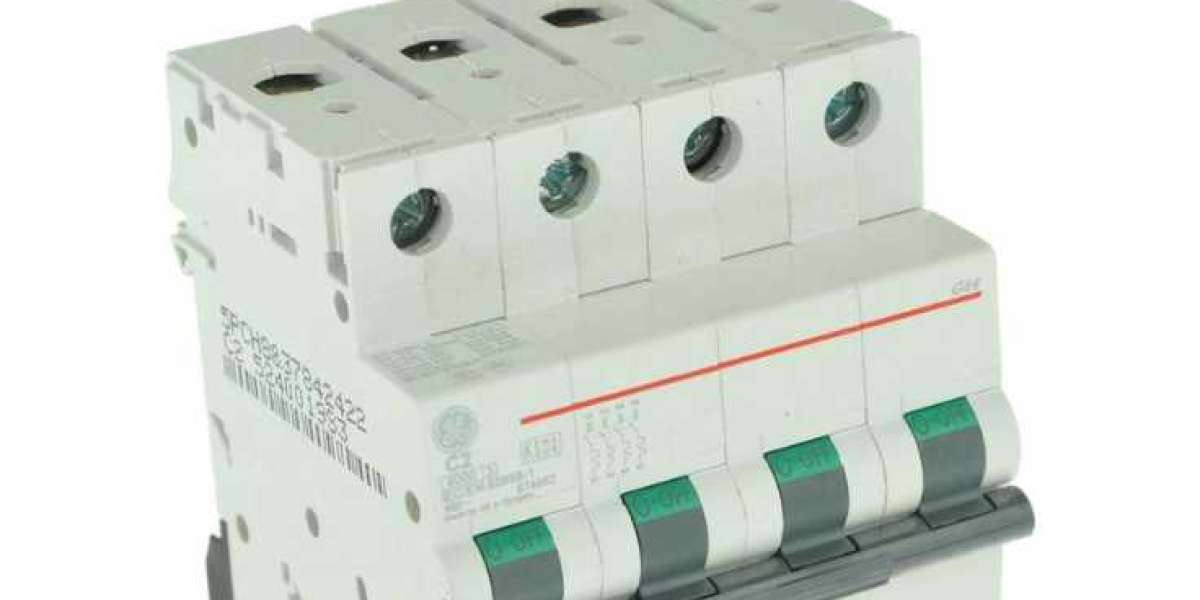Staking and farming are two great ways to earn passive income using your crypto. A lot of users oftentimes consider staking as similar to farming. However, the two are entirely different from each other and depending on your risk tolerance, you can choose either or both to grow your crypto portfolio.
Let's discuss the differences between the two.
Staking involves holding and sometimes locking funds in a cryptocurrency wallet to support the security and operations of a blockchain network. By doing such, users receive rewards either from new coins minted or from fees or both.
On the other hand, farming involves putting and sometimes locking funds in the pools of decentralized exchanges to support users who would like to swap their crypto without going through centralized exchanges. By doing such, users receive rewards either from new coins minted or from fees or both.
Some may say that staking is a safer bet but this is not entirely true. In some blockchains, users delegate their assets to validators thus losing control over their assets. Validators may be penalized for downtime and other deficiencies which may put the funds of their users at risk of being diminished.
In addition to this, users who have their funds locked also need to wait for the unbonding period to be done before they could fully utilize their funds again. In worst cases, the unbonding period could take up to four weeks. If you are chasing for gains by selling on top and buying again at a lower price, the unbonding period will certainly make you miss the opportunity.
Farming may be risky but it gives more rewards than staking, sometimes even up to 100x. One of the risk of farming is impermanent loss. It happens when users provide liquidity to a pool and the price of the deposited assets changes significantly compared to the price at the time when users deposited them. However, this loss is not permanent and is merely on paper unless a user prematurely remove the liquidity without waiting for the price ratio to at least come back close to the price at the time the liquidity provided.
Another safer option is to provide liquidity to pools involving stablecoins. These pools are less risky than pools involving two assets which have volatile price movements. In the last few months, we have seen the increasing attacks against decentralized exchanges which have caused some funds to be siphoned from liquidity pools. While some exchanges have community funds allotted to compensate for these losses, some does not have any, leaving users scratching their heads. Also, community funds which are allotted for developments are being diminished which in turn could lead projects to delay additional features for lack of funding.
There are also some projects which are working on liquid staking to enable staked assets to be used on farming, thus, giving users the capability to earn from the same assets from staking and farming at the same time. Liquid staking combines the not only the best of both staking and farming but also their risks. True enough, the bigger the risks, the bigger the rewards.
Both staking and farming have their own risks. While staking have lesser risks than farming, it is farming which offers a bigger reward. There are also many times when hodling is a better option than staking or farming. One must always assess their risk tolerance before entering to either.
(This is not a financial or investment advice. Kindly do your own research.)
 Секреты успешной покупки школьного аттестата: пошаговая инструкция
By Dean Graham
Секреты успешной покупки школьного аттестата: пошаговая инструкция
By Dean Graham Unveiling the Pinnacle of Smart Tyre Inflator - Fleettrack's Revolutionary Offering
By fleettrackin
Unveiling the Pinnacle of Smart Tyre Inflator - Fleettrack's Revolutionary Offering
By fleettrackin "Navigating the World of Gold Trading: Strategies, Insights, and Opportunities"
"Navigating the World of Gold Trading: Strategies, Insights, and Opportunities"
 QI Tech's $200 Million Series B Funding: A Leap Forward in Brazil's Fintech Evolution
By furnud
QI Tech's $200 Million Series B Funding: A Leap Forward in Brazil's Fintech Evolution
By furnud Toilet Overflow Cleanup: Don’t Panic, and Clean It Up!
Toilet Overflow Cleanup: Don’t Panic, and Clean It Up!


